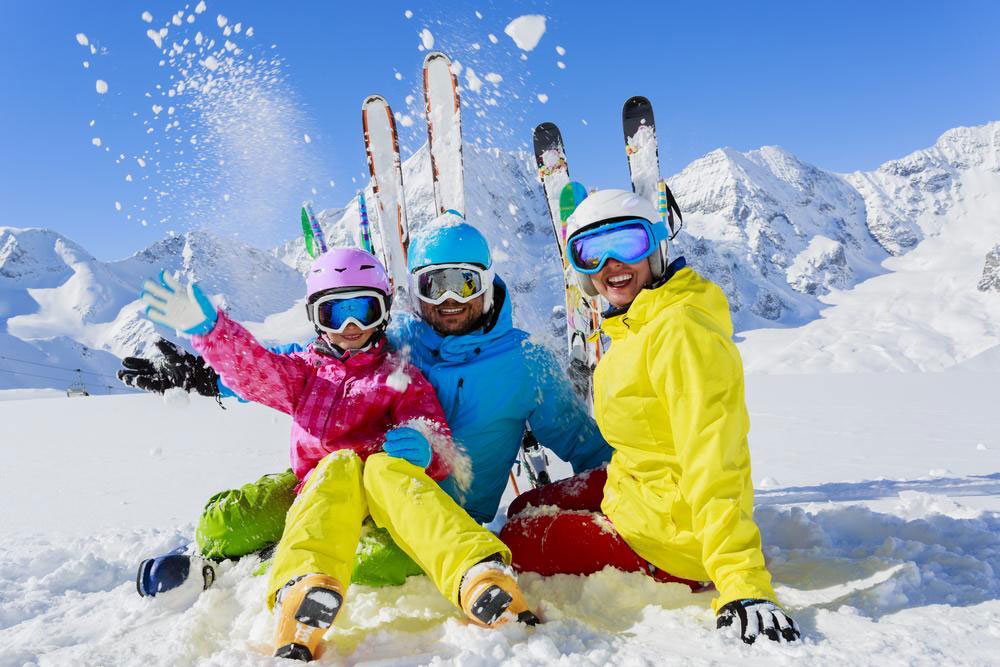Here are a few things to know about ski goggles

Ski goggles protect the face and eyes from the snow and glare. The goggles are big enough to cover a large part of the face. Yet ski goggles are small and less obtrusive. Size does not matter; regardless of this, they should fit snugly, prevent wind, snow, and ice from interfering with vision. Many ski goggle frames are made from softer, more flexible than traditional eyeglass or frames. Most goggle styles are held in place on the head with a large, thick strap; they are designed to make sure that eye protection stays in place no matter how rigorous your activities become.
Some ski glasses look more like ski sunglasses rather than athletic eyewear. The difference lies in the frames and traditional sunglasses. Side shields may not be removable but are a part of the frame helps to keep the wind and snow away. The style may include cable, a wraparound, and temples to keep the goggles in place.
The lenses used in ski goggles are usually in yellow/orange hue. This color enhances the contrast, so you can see the shapes, objects, and bumps in the snow by blocking the blue. Rose is another good contrast-enhancing color. Polarized ski glasses (with polarized lenses) help reduce the reflection of the sun off the snow and ice. They are an excellent choice for boating and fishing too as it reduces the glare from the sun reflecting off flat surfaces. A skier will find many reasons to use polarized lenses. They are available in traditional sun shades like gray and brown, yellow or rose tones.
Shop before you reach the destination; if you go to well-stocked stores, you will pay less. Ask questions you need to a person who has worn them and knows how the lenses work. Check out the internet for manufacturers who provide a lot of information about the products. If price is a problem, you can find cheap ski glasses from ski glasses sale found online. Take your time; try as many goggles as possible. If you are buying clear lenses for night skiing, try them out in a dark room with a single light switched on. Check if they are distortion- and glare-free. Also, go through numerous ski glasses reviews before zeroing in on one. Insist that the lenses provide 100 percent protection from UV rays. They should also have features like anti-fogging, double lenses, anti-fog coating, and wide vents.
Choose the right tint which will give you a depth, perception, color definition, and eye fatigue protection. For low light and fog, yellow-amber-gold lens are suitable since they filter out the blue light and put a focus on the shadows. Rose-tinted lenses are good for low light days and dark tints are good for true colors.



